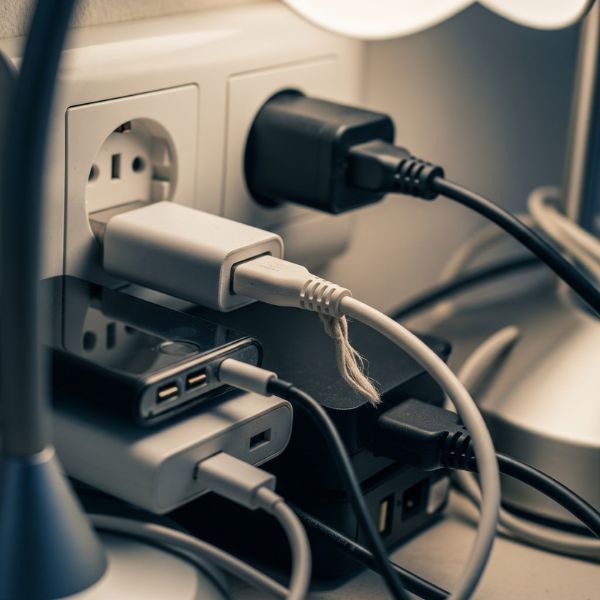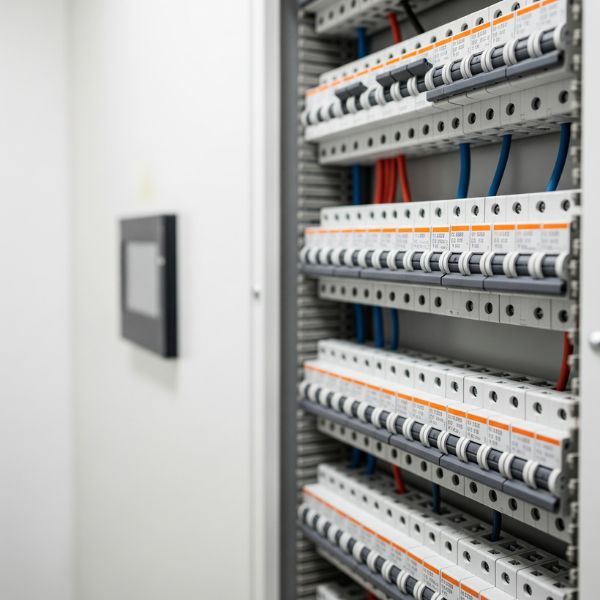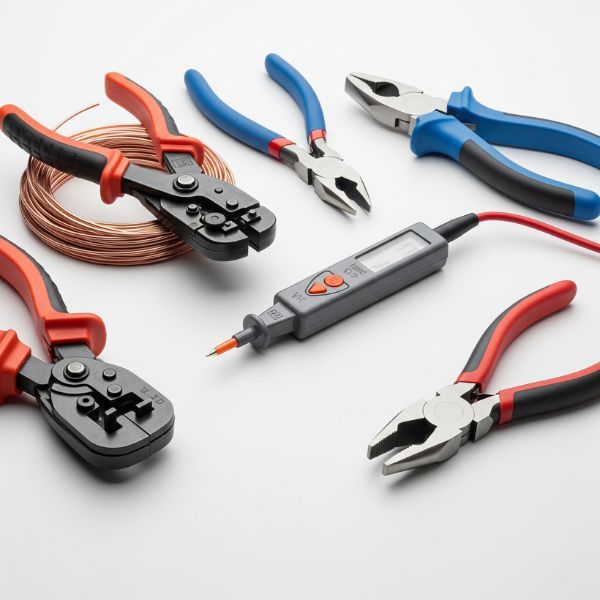It’s a common scenario: you’re relaxing at home, and suddenly, a light begins to flicker. While it's easy to dismiss it as a minor annoyance, that intermittent dimming can sometimes be your home's early warning system for a significant electrical issue. At Safety First Electric, we believe that understanding the potential risks is the first step toward maintaining a secure home environment. While a single faulty bulb is a simple fix, persistent or widespread flickering often points to more complex problems that require the attention of an experienced electrical technician. We’ve seen how these seemingly small issues can be symptoms of bigger dangers lurking behind your walls.
Why Flickering Lights Could Indicate a Serious Problem

Differentiating a Bad Bulb from a Bad Sign
The first step is to determine the scope of the problem. Is it a single lamp, or are multiple lights in a room—or even throughout the house—flickering in unison? If it's just one fixture, try swapping the bulb. If the flickering stops, you've likely solved the issue. However, if the new bulb also flickers, or if the issue affects an entire circuit, the problem is more systemic. This could point to a loose connection not at the lamp, but further up the line, potentially in the switch, the fixture's wiring, or even within the circuit itself.

The Danger of Overloaded Circuits
Modern homes place a heavy demand on their electrical systems. If you notice lights dimming or flickering when a large appliance like an air conditioner or a microwave turns on, it's often a sign of an overloaded circuit. The appliance is drawing more power than the circuit can safely provide, causing a temporary voltage drop. While this may seem harmless, chronically overloaded circuits can lead to the degradation of your wiring's insulation, creating a substantial risk of overheating and electrical fires. Our team of local electricians can assess your home's load distribution and determine if a dedicated circuit is needed.

Outdated or Faulty Wiring Concerns
The wiring in your walls is the backbone of your home’s electrical system, but it doesn’t last forever. In older homes, wiring can become loose, frayed, or corroded over time. These poor connections create electrical "arcs"—sparks that jump across gaps in the wiring—which can cause flickering lights and are a leading cause of electrical fires. If your home has outdated aluminum wiring or if you suspect connections have degraded, it is crucial to have it inspected. Only a licensed electrician has the tools and training to safely diagnose and repair these hidden but serious hazards within your walls.

Why Professional Diagnosis is Key
While troubleshooting a lightbulb is simple, diagnosing the health of your home's circuits is a job for a professional. An intermittent flicker could be caused by anything from a loose connection in your breaker box to an issue with the utility service entering your home. Attempting to fix these problems without proper training is extremely dangerous. Professional electrical contractors have the diagnostic equipment to trace the issue to its source and provide the right electrician services to ensure a safe and lasting solution, protecting both your property and your family from potential harm. A qualified and licensed electrician doesn’t just fix the symptom; they cure the disease.
Your home's safety is too important to leave to chance. While not every flicker spells disaster, it's an electrical symptom you should never ignore. Understanding the potential causes, from overloaded circuits to aging wiring, empowers you to take the right action. If you're experiencing persistent flickering lights or have any concerns about your home's electrical system, we are here to help. Learn how the expert team at Safety First Electric in San Jose, CA, can provide a thorough inspection and give you peace of mind. Contact us today to learn more about our services and how we can help keep your home safe.
